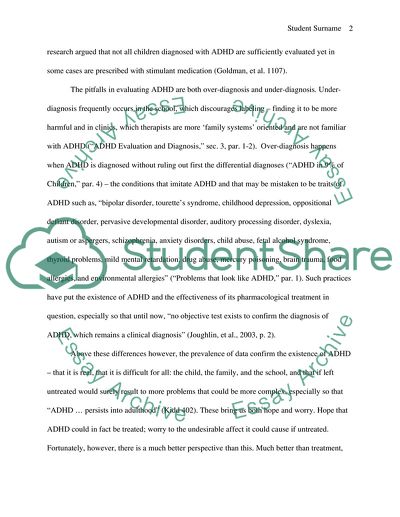Cite this document
(Attention Deficit Hyperactivity Disorder: A Gift or Curse Research Paper, n.d.)
Attention Deficit Hyperactivity Disorder: A Gift or Curse Research Paper. Retrieved from https://studentshare.org/health-sciences-medicine/1725087-adhd
Attention Deficit Hyperactivity Disorder: A Gift or Curse Research Paper. Retrieved from https://studentshare.org/health-sciences-medicine/1725087-adhd
(Attention Deficit Hyperactivity Disorder: A Gift or Curse Research Paper)
Attention Deficit Hyperactivity Disorder: A Gift or Curse Research Paper. https://studentshare.org/health-sciences-medicine/1725087-adhd.
Attention Deficit Hyperactivity Disorder: A Gift or Curse Research Paper. https://studentshare.org/health-sciences-medicine/1725087-adhd.
“Attention Deficit Hyperactivity Disorder: A Gift or Curse Research Paper”, n.d. https://studentshare.org/health-sciences-medicine/1725087-adhd.


